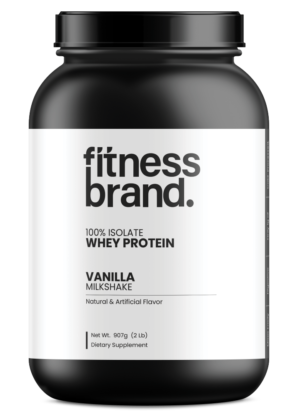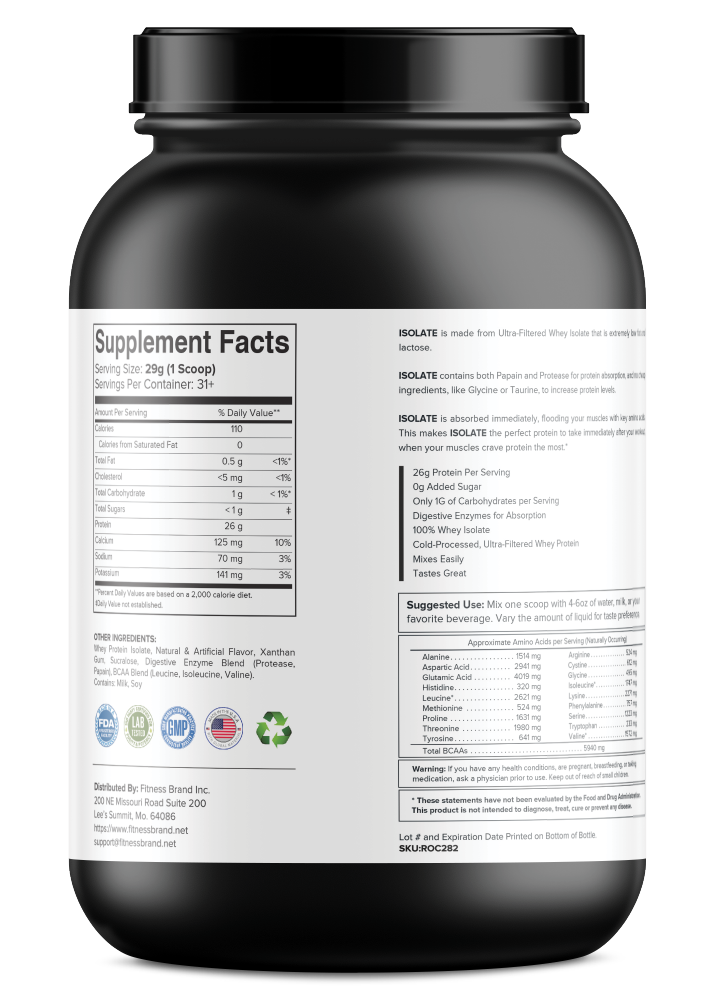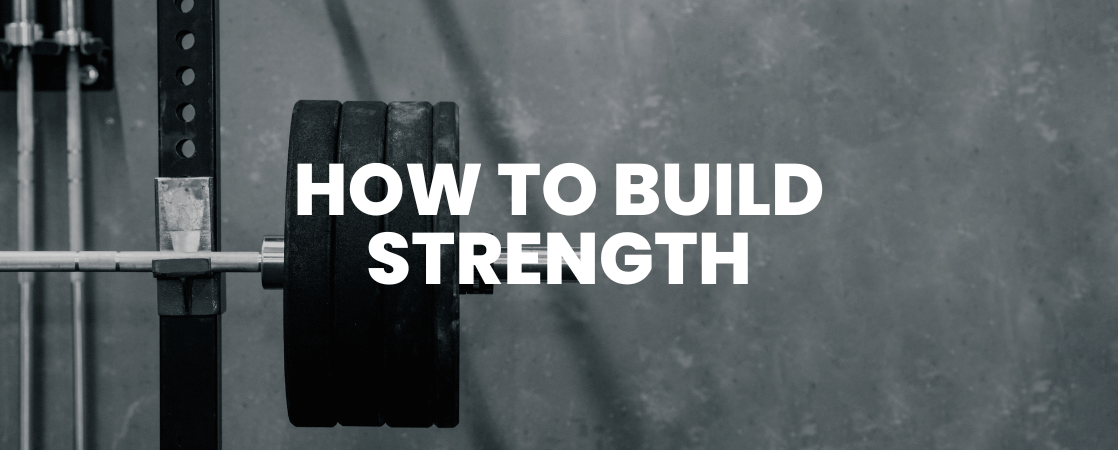


Building a routine that aligns with your experience level ensures a safe and effective journey to increased strength. Here are sample routines for beginners and more advanced lifters.
Beginner routines should focus on simple, compound movements that build foundational strength.
This selection of basic exercises offers a well-rounded foundation in strength training without overwhelming the body.
For advanced lifters focused on powerlifting, a routine centered on high-intensity, low-rep sets can maximize strength gains.
This routine emphasizes heavy, intense lifting to build maximal strength in core powerlifting moves.
The 5×5 method is a classic, effective strength-building approach that uses simple, heavy, low-rep sets.
The 5×5 approach offers a balanced, manageable way to build strength, especially for lifters who prefer simple, high-intensity routines.
Category: Strength Building
